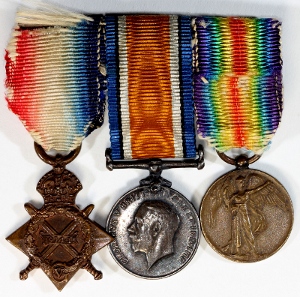Topic: Army Rations
 This email text has been floating around the Internet for a few years. It offers an excellent, though possibly apocryphal, description of what can happen when an unprepared and unacclimatized digestive system meets army field rations. Thanks to Ranger Rodgers, wherever he may be.
This email text has been floating around the Internet for a few years. It offers an excellent, though possibly apocryphal, description of what can happen when an unprepared and unacclimatized digestive system meets army field rations. Thanks to Ranger Rodgers, wherever he may be. Subject: Fw: Rations and MREs
Chez Ranger by Frank Rodgers
I had a date the other night at my place. On the phone the day before, the girl asked me to "Cook her something she's never had before" for dinner. After many minutes of scratching my head over what to make, I finally settled on something she has DEFINITELY never eaten. I got out my trusty case of MRE's. Meal, Ready-to-Eat. Field rations that when eaten in their entirety contain 3000+ calories. Here's what I made:
I took three of the Ham Slices out of their plastic packets, took out three of the Pork Chops, three packets of Chicken-a -la-King, and eight packets of dehydrated butter noodles and some dehydrated/dehydrated rice. I cooked the Ham Slices and Pork Chops in one pan, sautéed in shaved garlic and olive oil. In another pot, I blended the Chicken a-la-king, noodles, and rice together to make a sort of mush that looked suspiciously like succotash. I added some spices, and blended everything together in a glass pan that I then cooked in the oven for about 35 minutes at 450 degrees. When I took it out, it looked like, well, ham slices, pork chops, and a bed of yellow poop. I covered the tops of the meat in the MRE cheese (kinda like Velveeta) and added some green sprinkly thingies from one of my spice cans (hey, if it's got green sprinkly thingies on it, it looks fancy right?) For dessert, I took four MRE Pound Cakes, mashed 'em up, added five packets of cocoa powder, powdered coffee cream, and some water. I heated it up and stirred it until it looked like a sort of chunky gelatinous organism, and I sprinkled powdered sugar on top of it. Voila--Ranger Pudding. For alcoholic drinks, I took the rest of my bottle of Military Special Vodka(yes, they DO make a type of liquor named "Military Special"--it sells for $4.35 per fifth) and mixed in four packets of "Electrolytes - 1 each - Cherry flavored" (I swear, the packet says that). It looked like an eerie kool-aid with sparkles in it (that was the electrolytes I guess... could've been leftover sand from Egypt). I lit two candles, put a vase of wildflowers in the middle, and set the table with my best set of Ralph Lauren Academy-series China (that shit is EXPENSIVE... my set of 8 place settings cost me over $600), and put the alcoholic drink in a crystal wine decanter.
She came over, and I had some appetizers already made, of MRE spaghetti-with-meatballs, set in small cups. She saw the dinner, saw the food, and said "This looks INCREDIBLE!!!"
We dug in, and she was loving the food. Throughout the meal, she kept asking me how long it took me to make it, and kept remarking that I obviously knew a thing or two about cooking fine meals. She kind of balked at the makeshift "wine" I had set out, but after she tried it I guess she liked it because she drank four glasses during dinner.
At the end of the main course, when I served the dessert, she squealed with delight at the "Chocolate mousse" I had made. Huh? Chocolate what? Okay... yeah... it's Chocolate Moose. Took me HOURS to make... yup.
Later on, as we were watching a movie, she excused herself to use my restroom. While she was in there, I heard her say softly to herself "uh oh" and a resounding but petite fart punctuated her utterance of dismay.
Let the games begin.
She sprayed about half a can of air freshener (Air Freshener, 1 each, Orange scent. Yup. The Army even makes smell good) and returned to the couch, this time with an obvious pained look.
After 10 more minutes she excused herself again, and retreated to the bathroom for the second time. I could hear her say "What the hell is WRONG with me???," as she again send flatulent shockwaves into the porcelain bowl. This time, they sounded kinda wet, and I heard the toilet paper roll being employed, and again, LOTS more air freshener.
Back to the couch. She smiles meekly as she decides to sit on the chair instead of next to me. She sits on my chair, knees pulled up to her chest, kind of rocking back and forth slightly. Suddenly, without a word, she ROCKETED up and FLEW to the bathroom, slammed the door, and didn't come out for 30 minutes.
I turned the movie up because I didn't want her to hear me laughing so hard that tears were streaming down my cheeks.
She came out with a slightly gray pallor to her face, and said "I am SOOOOOO sorry. I have NO idea what is wrong with me. I am so embarrassed, I can't believe I keep running to your bathroom!!" I gave her an Imodium AD, and she finally settled down and relaxed.
Later on, she asked me again what I had made for dinner, because she had enjoyed it so much. I calmly took her into the kitchen and showed her all the used MRE bags and packets in the trash can.
After explaining to her that she had eaten roughly 9,000 calories of "Army food" she turned stark white, looked at me incredulously, and said "I ate 9,000 calories of dehydrated food that was made 3 years ago?" After I concurred, she grabbed her coat and keys, and took off without a word.
She called me yesterday. Seems she couldn't shit for 3 days, and when she finally did, the smell was so bad, her roommate could smell it from down the hall. She also told me she had been working out nonstop to combat the high caloric intake, and that she never wanted me to cook dinner for her again, unless she was PERSONALLY there to inspect the food beforehand.
It was a fun date. She laughed about it eventually, and said that that was the first time she'd ever crapped in a guy's house on a date. She'd been so upset by it she was in tears in the bathroom while I had been in tears on the couch.
I know, I'm an asshole, but it was still a funny night. I almost wet myself laughing.

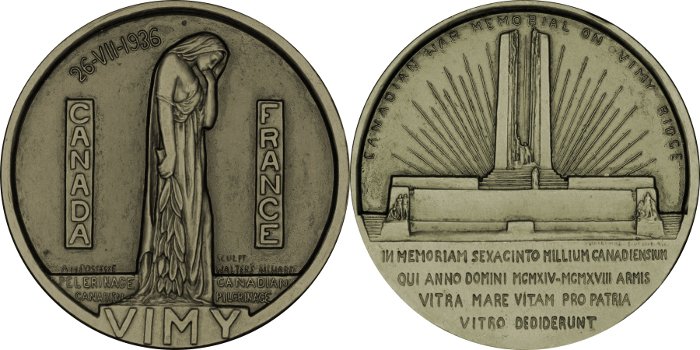
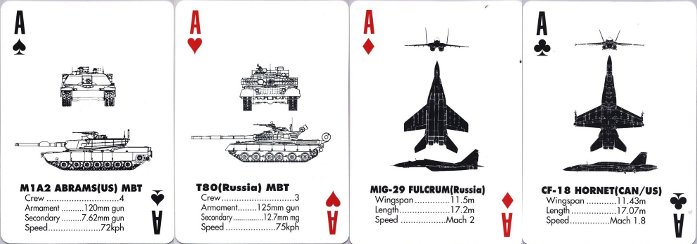 Playing cards marked with silhouettes to practice recognition of armoured fighting vehicles and aircraft were a novelty given or sold to soldiers during the
Playing cards marked with silhouettes to practice recognition of armoured fighting vehicles and aircraft were a novelty given or sold to soldiers during the 
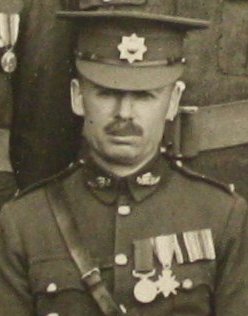

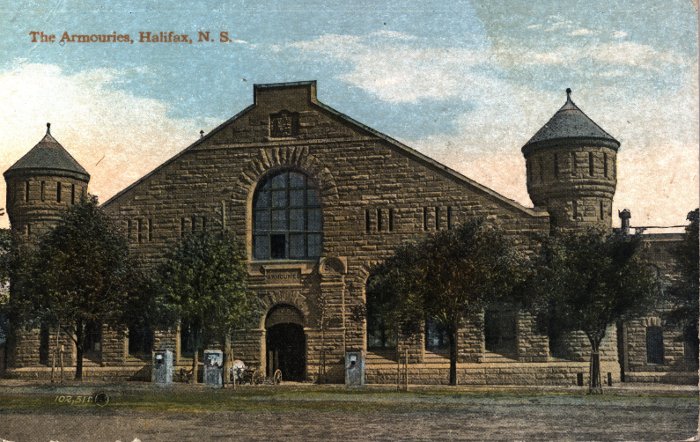
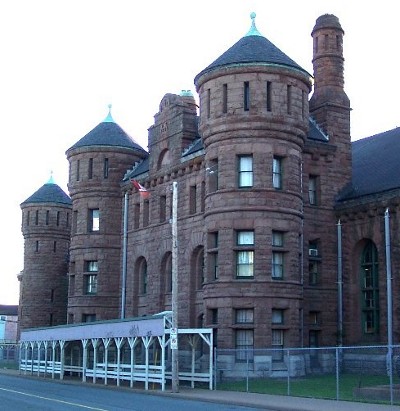 The Halifax Armouries was constructed between 1895 and 1898 at a final cost of $250,000 (over budget by $75,000), designed by
The Halifax Armouries was constructed between 1895 and 1898 at a final cost of $250,000 (over budget by $75,000), designed by 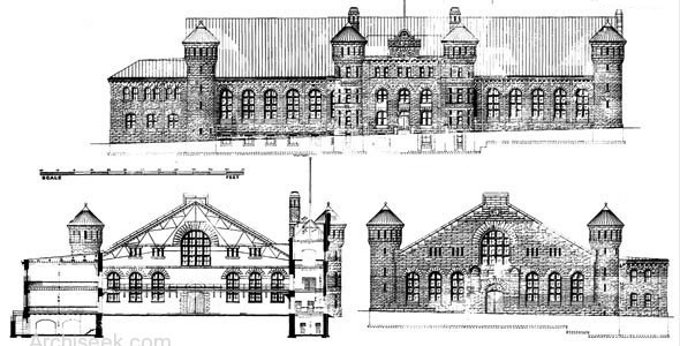
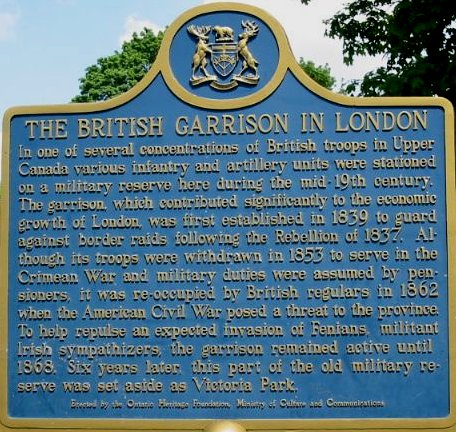 In the days of British garrisons in Upper and Lower Canada, the method used to transfer skills to the officers of the Canadian Militia was the temporary establishment of "Schools of Instruction" by garrison battalions. Transitory in nature, in contrast to the established Royal Schools of the Canadian Infantry School Corps after 1883, these Schools of Instruction were individually authorized, conducted by the Commanding Officer of the designated British battalions, and qualified officers for command at company or battalion level. After the withdrawal of most of the British garrison units in the late 1860s, the Militia Department attempted to conduct a similar school system using qualified Militia officers to conduct the training. This approach was found wanting, most likely due to problems of consistency of training and availability of resources, and by the early 1880s led to the recognition of a need for established schools for infantry. The result was the creation of the Canadian Infantry School Corps, which is today
In the days of British garrisons in Upper and Lower Canada, the method used to transfer skills to the officers of the Canadian Militia was the temporary establishment of "Schools of Instruction" by garrison battalions. Transitory in nature, in contrast to the established Royal Schools of the Canadian Infantry School Corps after 1883, these Schools of Instruction were individually authorized, conducted by the Commanding Officer of the designated British battalions, and qualified officers for command at company or battalion level. After the withdrawal of most of the British garrison units in the late 1860s, the Militia Department attempted to conduct a similar school system using qualified Militia officers to conduct the training. This approach was found wanting, most likely due to problems of consistency of training and availability of resources, and by the early 1880s led to the recognition of a need for established schools for infantry. The result was the creation of the Canadian Infantry School Corps, which is today 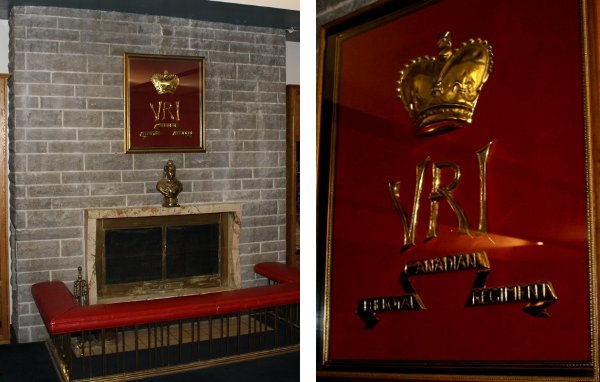
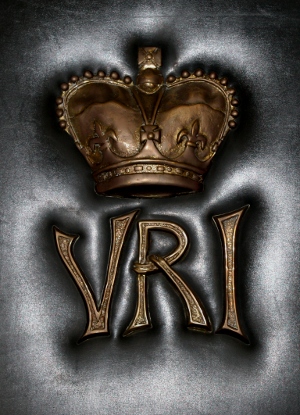
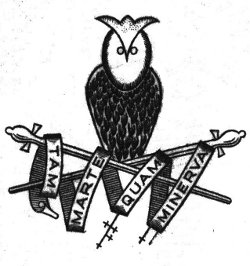

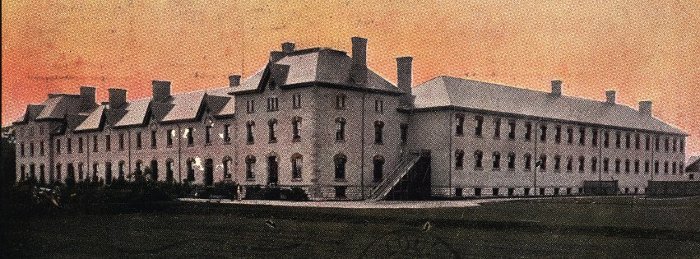
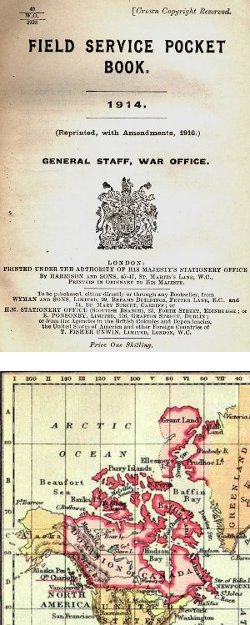 An essential part of the equipment and references carried by every officer of the British Army and Commonwealth forces in the early 1900s was a copy of the Field Service Pocket Book. The standard aide memoire of officers on operations anywhere in the Empire, this little volume provided all manner of information necessary for planning and conducting operations, ranging through staff duties, rates of march, engineering and logistic guidance, and details on the forces of the Empire.
An essential part of the equipment and references carried by every officer of the British Army and Commonwealth forces in the early 1900s was a copy of the Field Service Pocket Book. The standard aide memoire of officers on operations anywhere in the Empire, this little volume provided all manner of information necessary for planning and conducting operations, ranging through staff duties, rates of march, engineering and logistic guidance, and details on the forces of the Empire.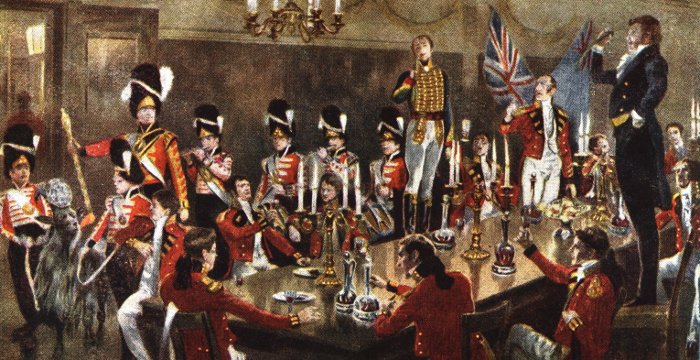
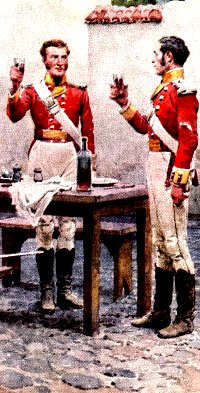
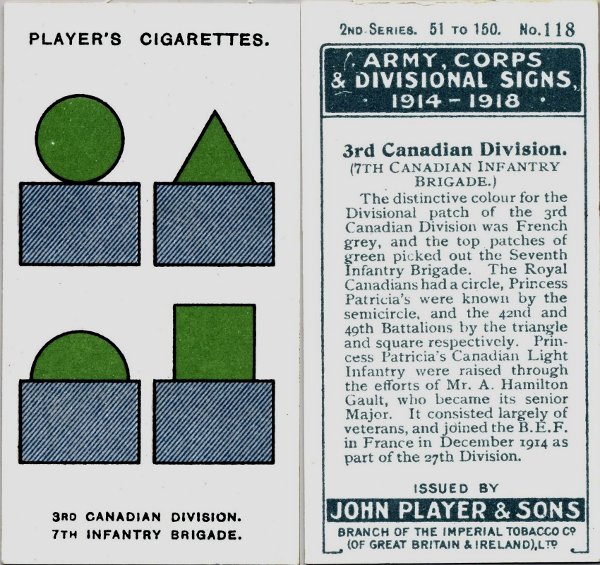
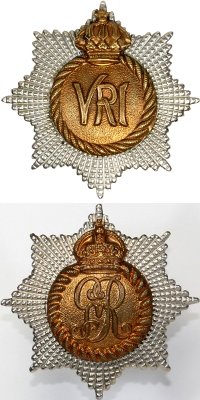 THE ROYAL CANADIAN REGIMENT
THE ROYAL CANADIAN REGIMENT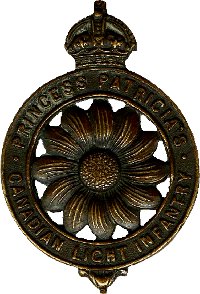 PRINCESS PATRICIA'S CANADIAN LIGHT INFANTRY.
PRINCESS PATRICIA'S CANADIAN LIGHT INFANTRY. 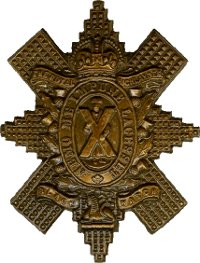 42ND BATTALION, (5TH ROYAL HIGHLANDERS OF CANADA).
42ND BATTALION, (5TH ROYAL HIGHLANDERS OF CANADA).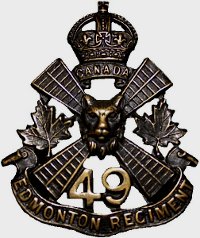 49th BATTALION (CANADIANS).
49th BATTALION (CANADIANS).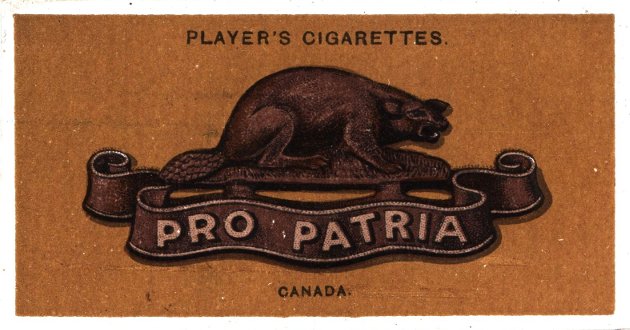
 The RCR would serve in France and Flanders from November 1915 until the end of the War and approximately 4800 Canadians would wear the Regiment's
The RCR would serve in France and Flanders from November 1915 until the end of the War and approximately 4800 Canadians would wear the Regiment's 
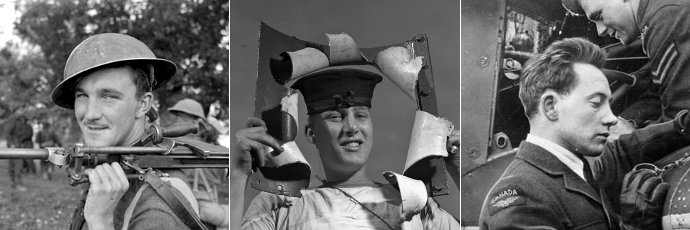
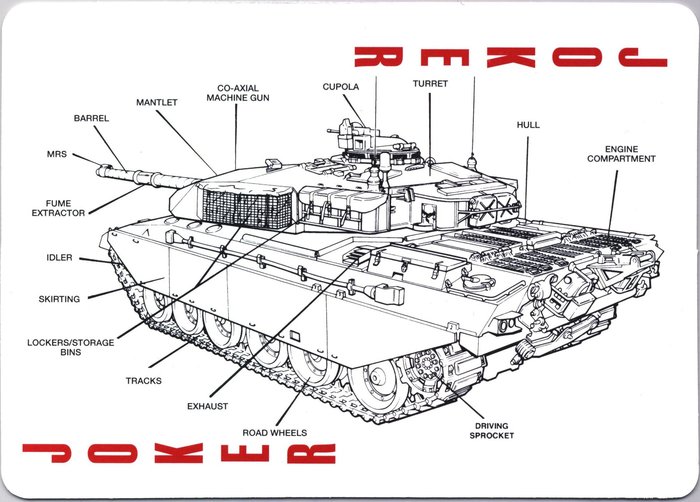
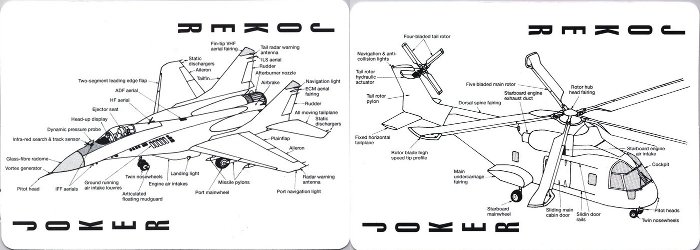
 On
On 
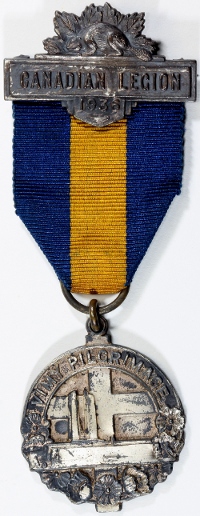
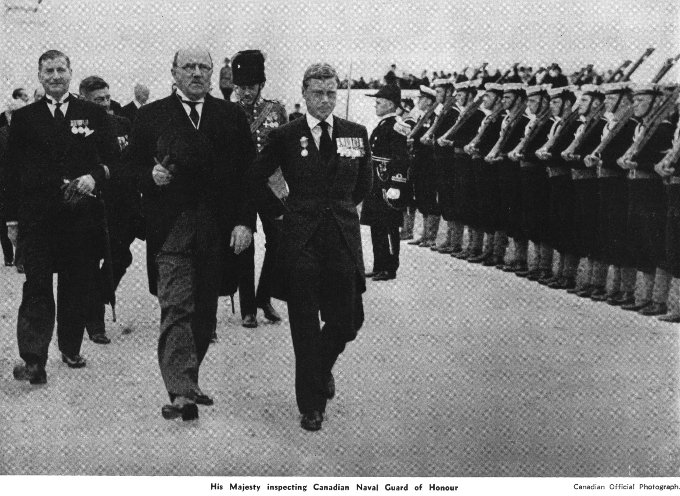
 Many old soldiers like to talk about the "good old days" when, in their hazy remembrance, soldiers were more disciplined, less likely to question any aspect of military life, and worked and played harder. While the achievements of the Canadian Army in
Many old soldiers like to talk about the "good old days" when, in their hazy remembrance, soldiers were more disciplined, less likely to question any aspect of military life, and worked and played harder. While the achievements of the Canadian Army in 
 The first medal that many Canadian soldiers might have been eligible to receive for their First World War service was the
The first medal that many Canadian soldiers might have been eligible to receive for their First World War service was the 